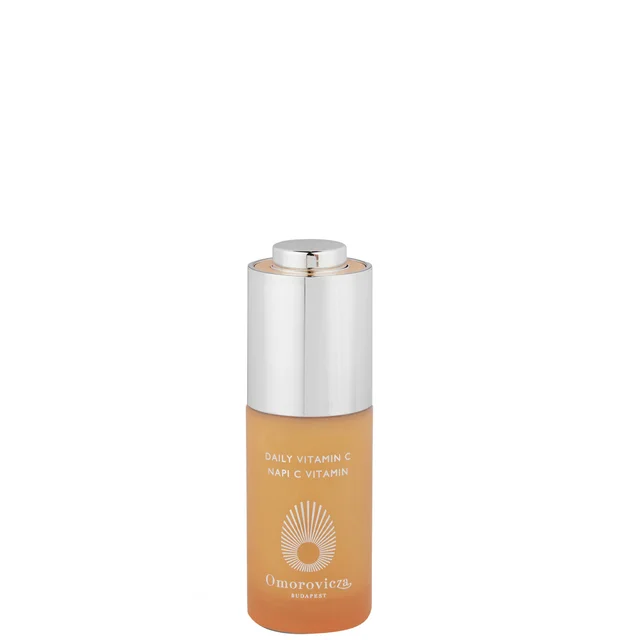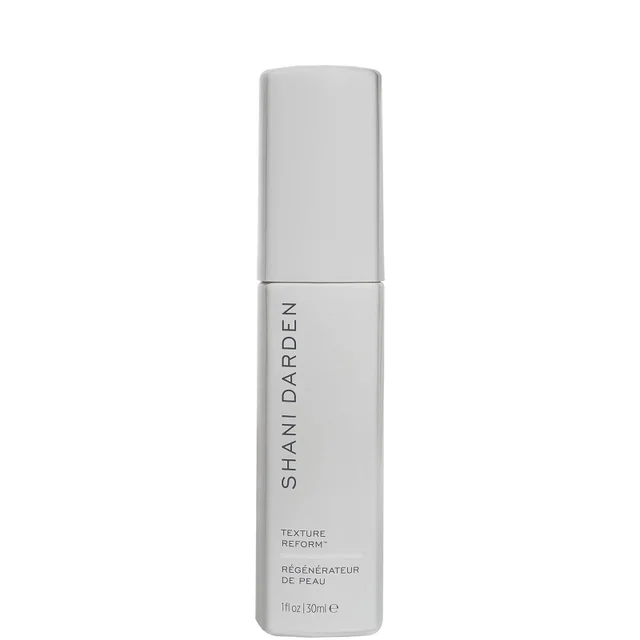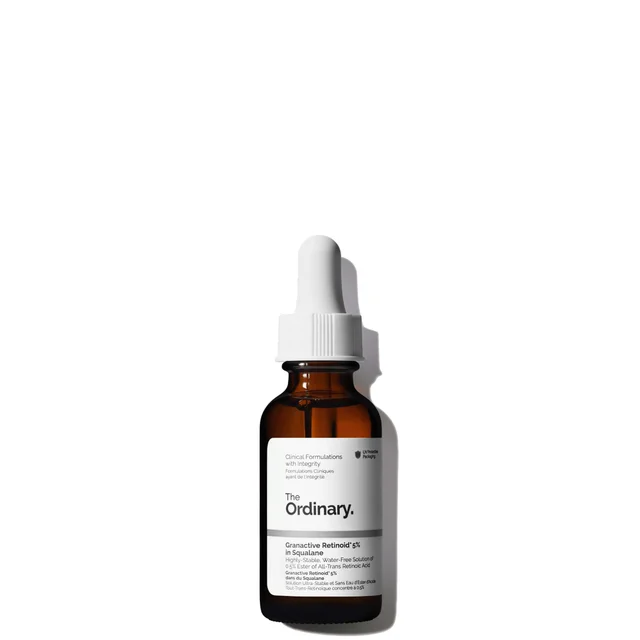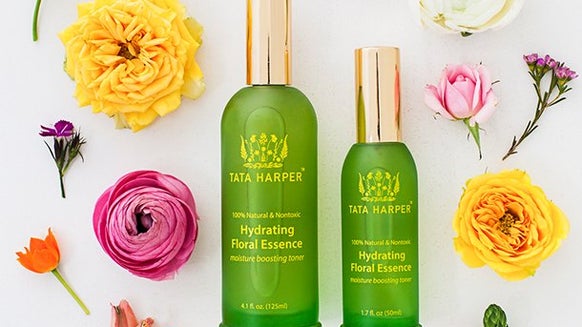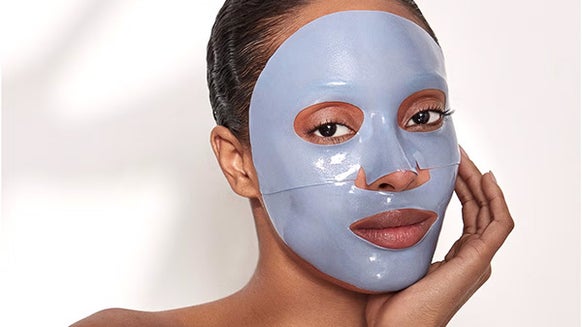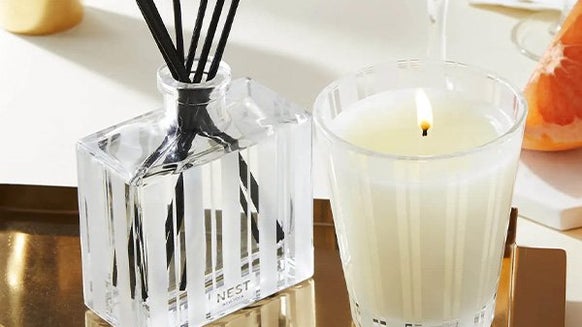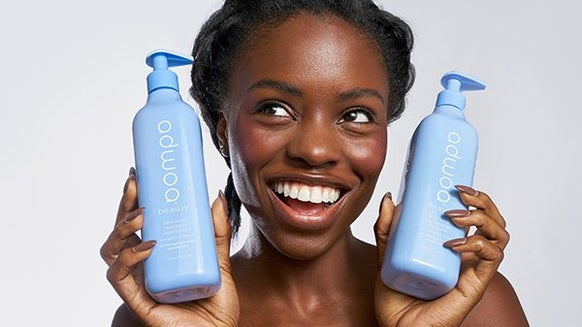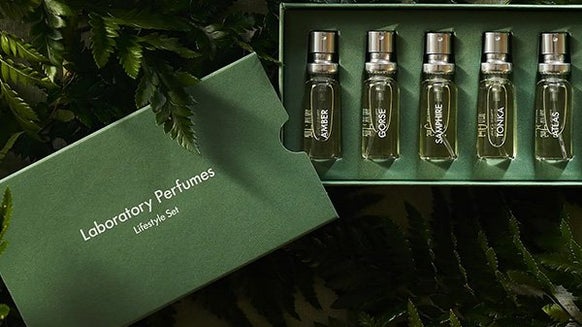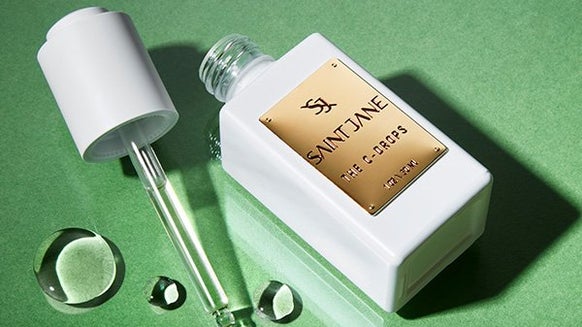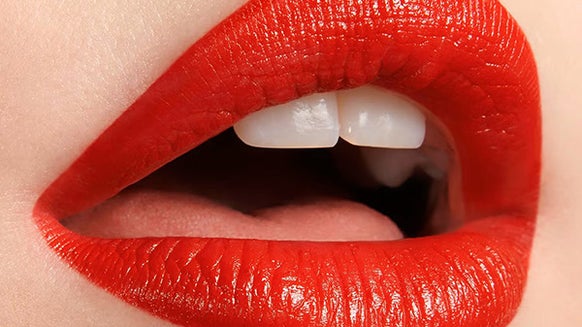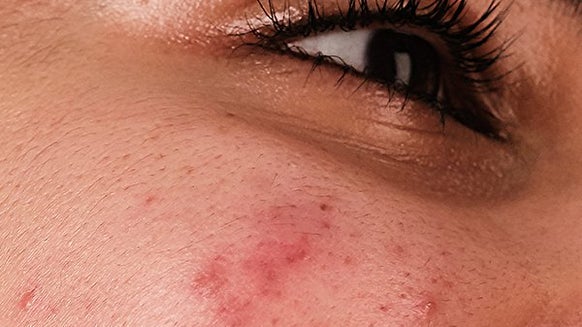How to tackle scars and pigmentation
Like that dinner guest who always overstays their welcome, boring you with their holiday pictures as they demolish the leftover After Eights, scars and pigmentation often hang around for a prolonged period which can lead to much frustration and (in our case) a lot of concealer. Just as with your dinner companion, these marks often require more than subtle hints to get rid of – a cleverly compiled skin care regime will fade, reduce and prevent them.
Dark spots are another form of pigmentation, which occur when your skin produces increased levels of melanin. Irritatingly, these can crop up overnight (say it’s not so!) and often are triggered by pro-longed exposure to the sun – cue: daily reminder to always wear sun protection, even in the dreary UK!
1) Don’t pick spots – especially when they’re not ‘ready’ yet as this can cause scarring or post-inflammatory hyperpigmentation.
2) Always (always, always) wear UVA and UVB protection of SPF30+ and try not to spend pro-longed periods in the sun.
3) Take care of your complexion with a daily skin care regime.
Okay, explanatory intro out of the way. Now onto the reason you’re really here: treating the damn thing. Here are four highly effective methods of minimising pigmentation – primarily post-inflammatory hyperpigmentation and dark spots:
Before we get into the nitty-gritty of how to tackle them, it’s important to identify what kind of pigmentation you have. Blemish marks, sun spots, unprecedented dark patches – pigmentation is a many-headed beast with a tribe of personas that all need taking ‘care’ of in different ways.
Alpha hydroxy acids (AHAs) are excellent ways to reduce pigmentation and smooth texture, both for post-inflammatory hyperpigmentation or dark spots. The most popular AHAs include glycolic, lactic and citric acids, which work by dissolving the skin’s dulling ‘stratum corneum’ (the oldest, thinnest, top-layer of skin) to reveal the younger, more radiant skin cells beneath. This accelerated cell turnover helps to fade and minimise marks with continued use.
For those yet to use AHAs, start with a smaller dose to allow your skin to acclimatise. Pixi’s {Glow Tonic} is a great (and affordable) choice, enriched with 5% glycolic acid to gradually diminish signs of sun damage, fine lines, scarring and other imperfections, along with oxygenating ginseng to promote cell health and skin vibrancy. For more seasoned AHA users who are dealing with more stubborn pigmentation, Dr. Dennis Gross Skincare’s {Alpha Beta Peel Extra Strength Formula} is an innovative, thirty-day intensive skin treatment containing five Alpha and Beta Hydroxy Acids to significantly reduce dark spots and redness in addition to fine lines, wrinkles, enlarged pores, blemishes.
Vitamin C is a much gentler, yet effective method of reducing pigmentation, but a tricky one to get right as it’s a pretty unstable fella that throws a tantrum and loses its brightening abilities when it comes into contact with water. When looking for a vitamin C formula, it’s therefore important you ensure it’s a stable one – for example: Omorovicza’s {Daily Vitamin C} contains two highly stable forms of the vitamin to create a more even skin tone, while simultaneously providing excellent daily protection against environmental aggressors, stimulating the production of collagen and reducing the appearance of fine lines, wrinkles, dark spots.
Doubling as a pigmentation-fader and an age-defying hero, retinol is a vitamin A derivative that’s more commonly associated with its’ youth-boosting benefits. Available in different strengths and forms, it works by stimulating synthesis of skin-essential 'scaffolding' to boost collagen and elastin for smoother, renewed and more even skin – however it often has drying or irritating side effects so is best introduced in smaller doses to allow your skin to acclimatise. A great starting (and continuing!) point is Shani Darden’s {Texture Reform} which features a mild retinol to help boost cellular turnover and improve skin’s texture – great for scarring and for sensitivity! This hard-working hero product will reveal brighter skin, soften the look of fine lines and reduce the appearance of sun damage and dark spots to leave your complexion looking youthful.
A more affordable retinol formula is The Ordinary’s {Granactive Retinoid 2% Emulsion}, which is a lightweight, milky-textured serum that works hard to target visible signs of ageing and pigmentation, while remaining gentle enough to avoid the irritation caused by some retinoid products. Lost elasticity, fine lines, wrinkles, pigmentation and uneven skin tone are all easy targets for this superlative skin saviour.
For more stubborn pigmentation marks and scars, microneedling is a great method that boosts the efficacy of your skin care formulas and prompts skin regeneration. BeautyBio’s {GloPRO Microneedling Regeneration Tool} is a clinical-grade facial roller covered in tiny 0.3mm needles that create painless microchannels within the skin to prompt the skin’s natural healing process, encouraging cellular turnover and the production of collagen and elasticity. In a clinical study, after just 30 days using the tool three times a week, 93% saw improvements in the evenness of their skin tone and 100% of subjects felt it helped to stimulate their natural collagen!

